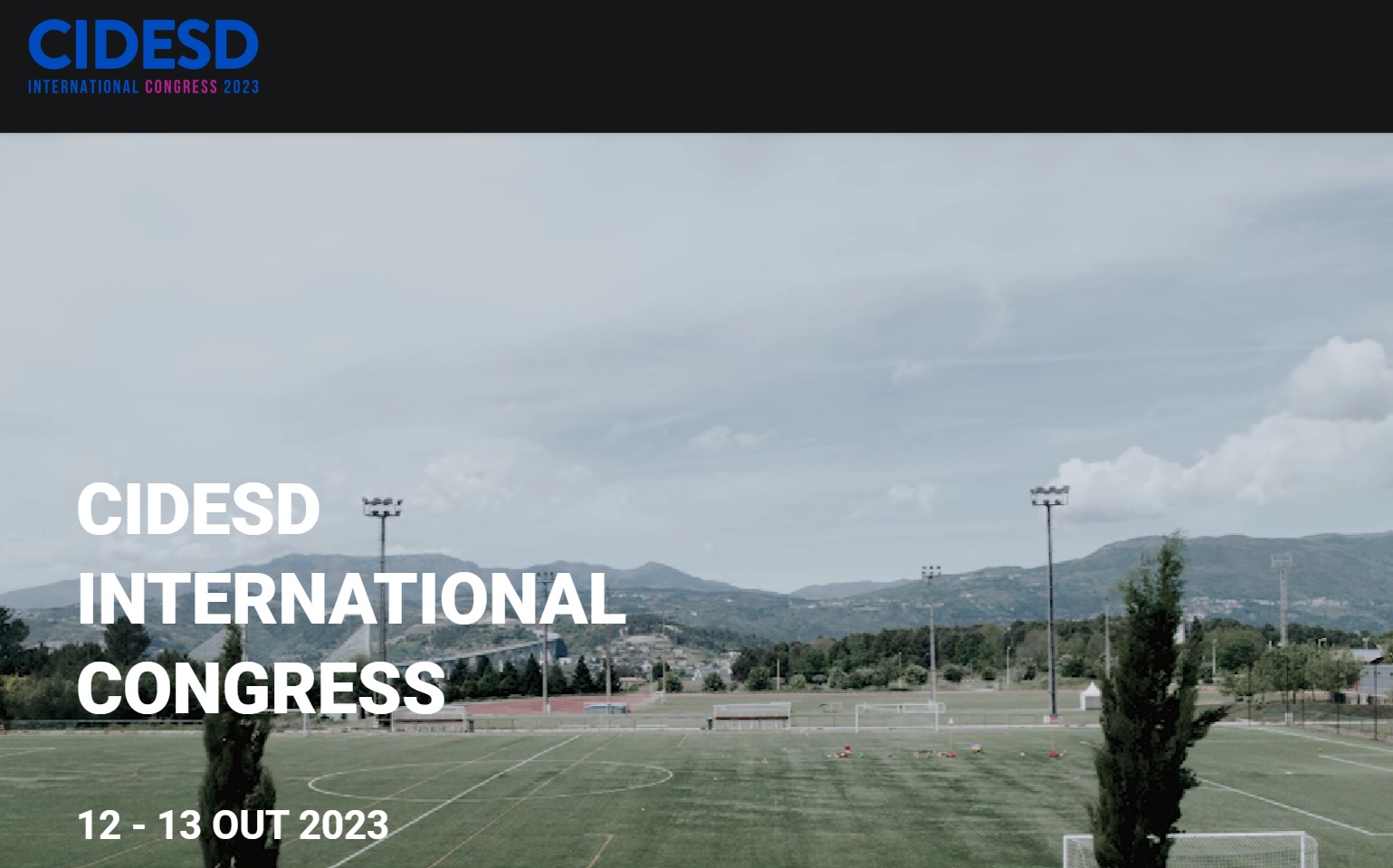Exertional intensity through HR and PSE during a training match of the Brazilian women's beach handball team
DOI:
https://doi.org/10.6063/motricidade.32042Keywords:
Beach Handball, Intensity, Heart RateAbstract
The characteristics of handball played on sand differ from court handball not only in team size, scoring system, duration, rules, and field dimensions but also in surface and playing style. The present study aimed to characterise the intensity of effort through HR and PSE during a training match of the Brazilian Women's Beach Handball team. Nine female athletes from the national team (age 27.3 ± 4.0 years) voluntarily participated in the present study. Athletes body composition was evaluated by Inbody 720 bioimpedance scale (height 167.1 ± 6.5cm, weight 64.4 ± 10.1kg, lean mass 27.5 ± 4.6kg, fat percentage 23.2 ± 5.0%). The Yo-Yo Intermittent Endurance Test - Level 2 (YYIETL2) was applied, and for monitoring and recording HRmax, the Polar H7 Smart Bluetooth connected to Polar Team Software was used. The exertional intensity during the training match (HR and PSE) was analysed by descriptive statistics and T-test for repeated measures (p <0.05). During the 2 sets of the match, HR was continuously monitored and categorised into 4 pre-defined intensity zones (zone 1 (<75% HRmax), zone 2 (75-84,9% HRmax), zone 3 (85-89,9% HRmax) and zone 4 (≥90% HRmax)) and PSE value recorded immediately at the end of each set. The results do not reveal statistically significant differences in the behaviour of HR and PSE between players or sets. However, the athlete's perceived exertion reveals a significant underestimation when compared to the results evaluated by HR monitoring, and there is evidence of PSE differences between outfield players vs goalkeepers (12.57 ± 1.39 vs 11.00 ± 0.00; p <0.025). When analysing the HR zones (fig. 1), there was a higher permanence in zone 3 (85-89.9%HR) in both sets with an average time of 174.6±120.2 seconds in 1st and 248.2±132.1 in 2nd one. When comparing the intensity of effort in the 4 defined zones, it was observed that goalkeepers have a higher percentage in zones 1, 2 and 3, regardless of the set played (being non-existent or residual in zone 4), while field players have higher percentages in zones 2, 3 and 4. Beach handball, played at a national team level, although in training matches as we analysed it, has shown to be a sport with high-intensity demand. The creative and acrobatic actions of this game, such as inflight (aerial plays, alley-oop passes, jump shots, spin shots, goalkeeper saves) and spin shots, may explain some of these results.
Downloads
Published
Issue
Section
License
The authors of submitted manuscripts must transfer the full copyright to Journal Motricidade / Sílabas Didáticas Editions. Granting copyright permission allows the publication and dissemination of the article in printed or electronic formats, and copyrights start at the moment the manuscript is accepted for publication. It also allows Journal Motricidade to use and commercialise the article in terms of licensing, lending or selling its content to indexation/abstracts databases and other entities.
According to the terms of the Creative Commons licence, authors may reproduce a reasonable number of copies for personal or professional purposes, but without any economic gain. SHERPA/RoMEO allows authors to post a final digital copy (post-printing version) of the article on their websites or on their institutions' scientific repository.


